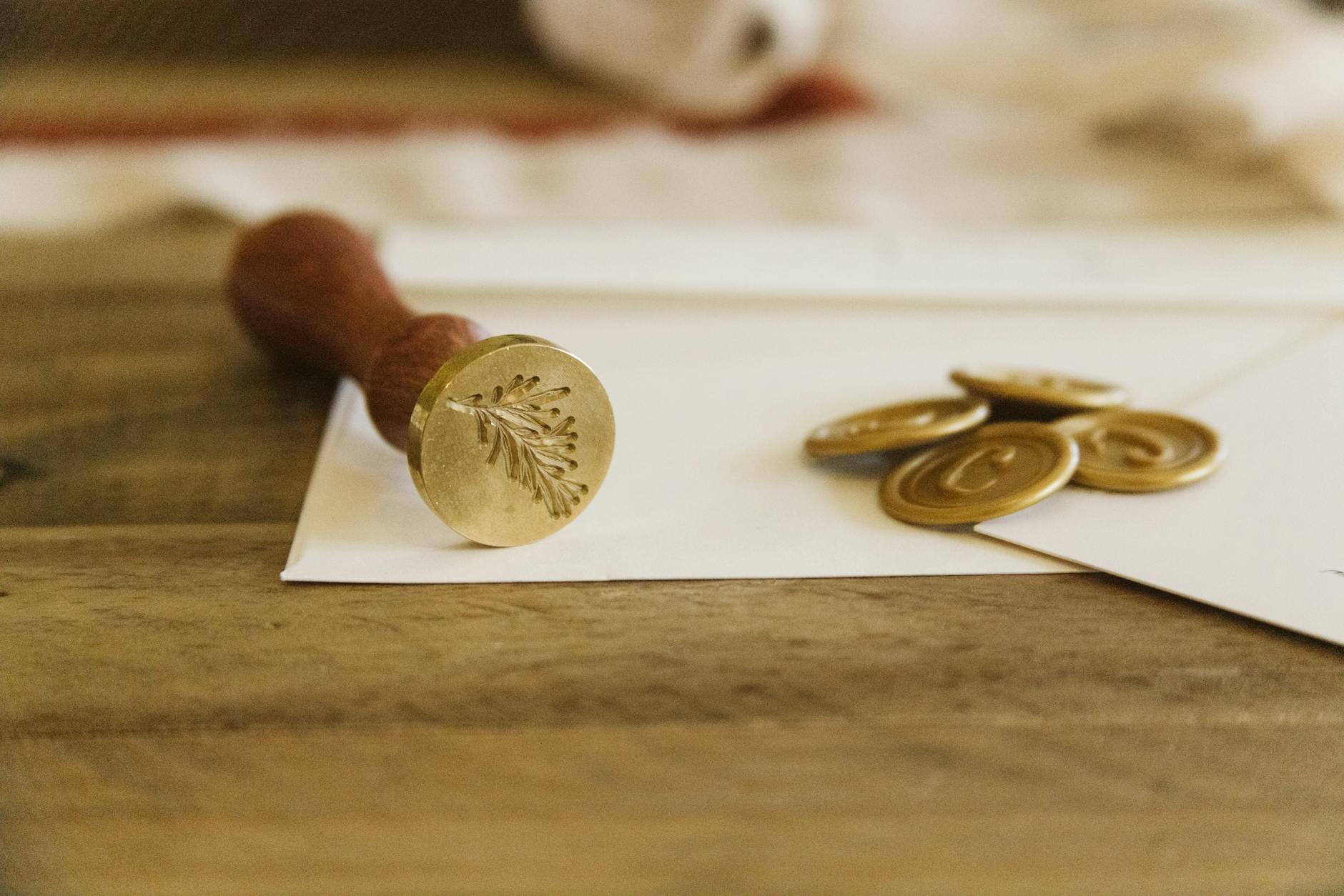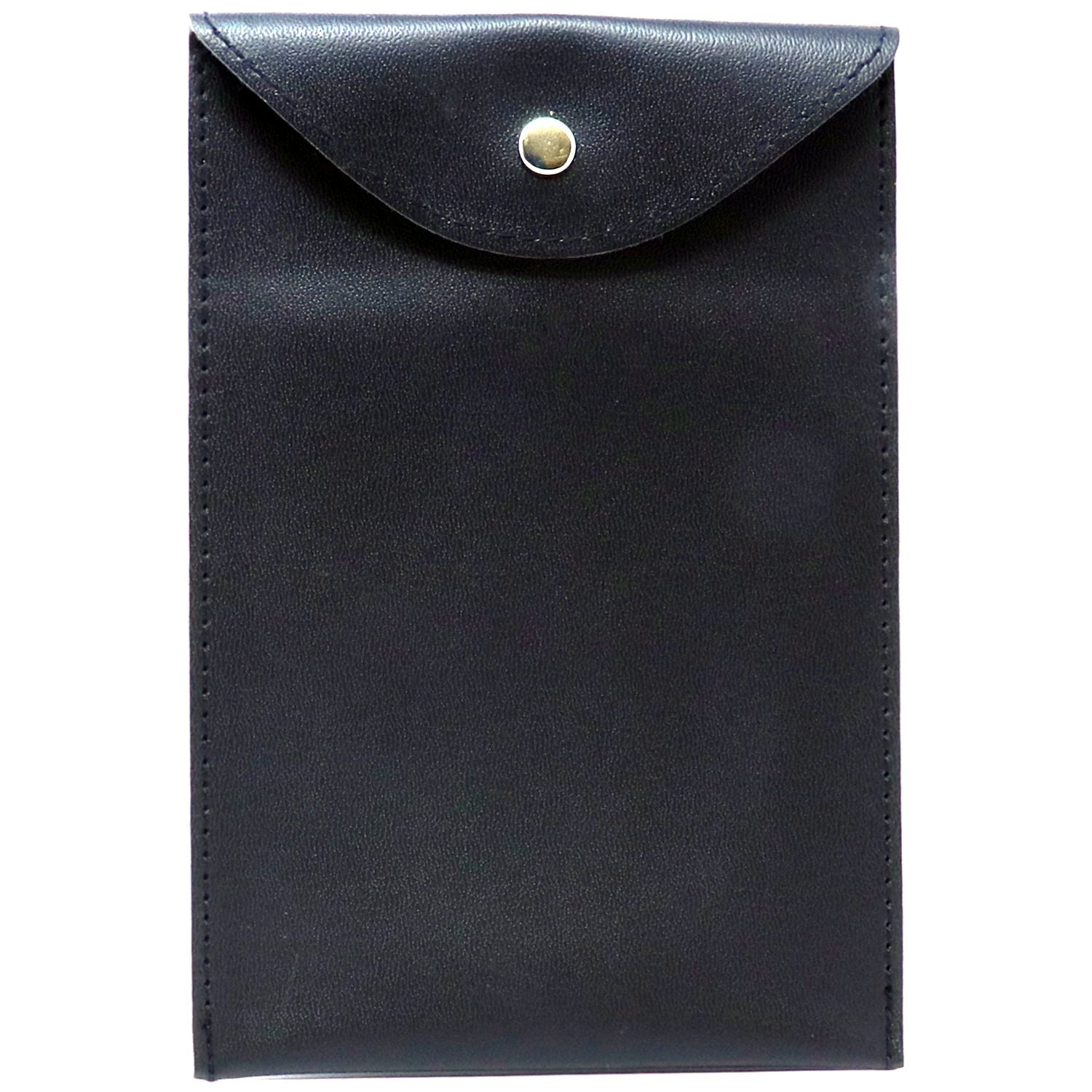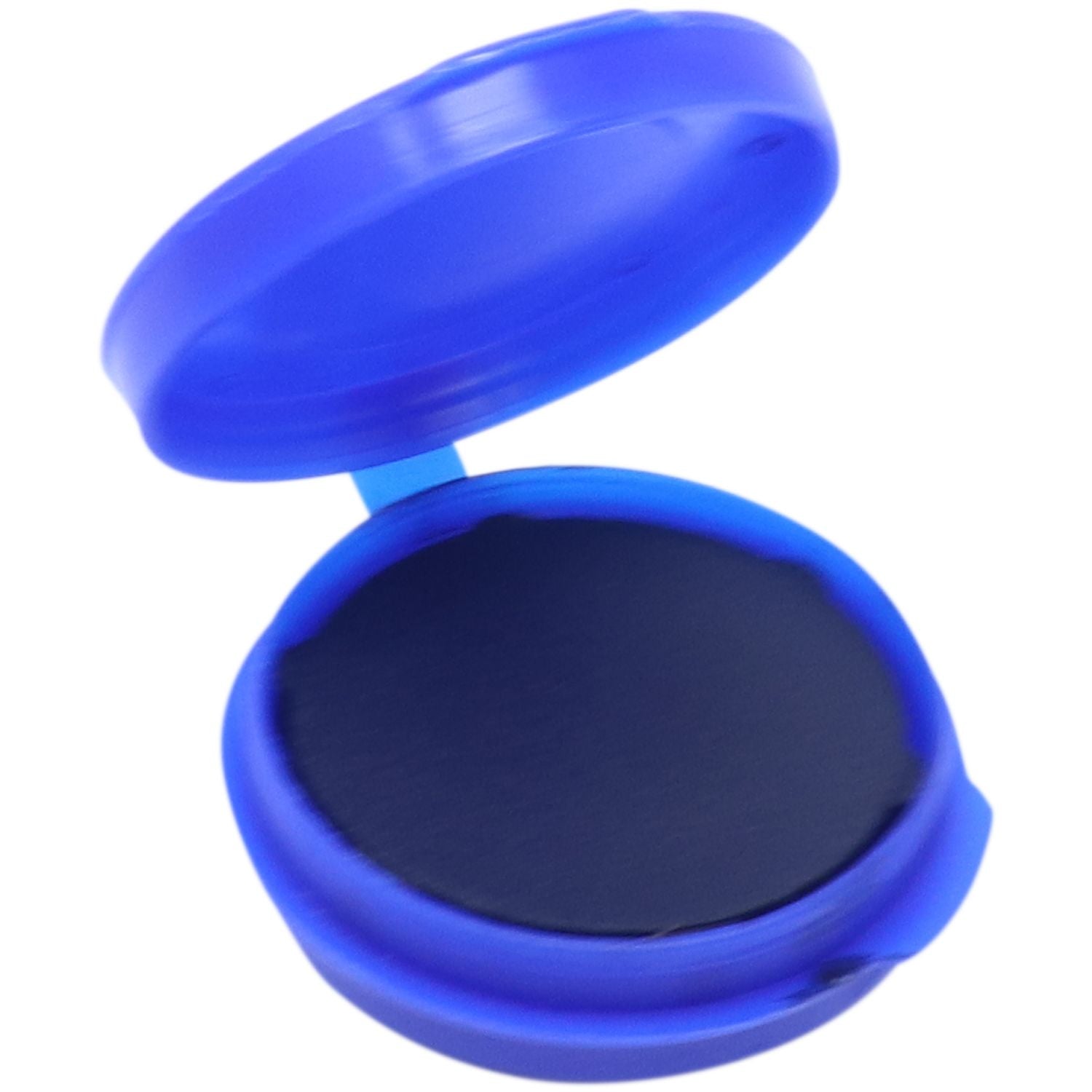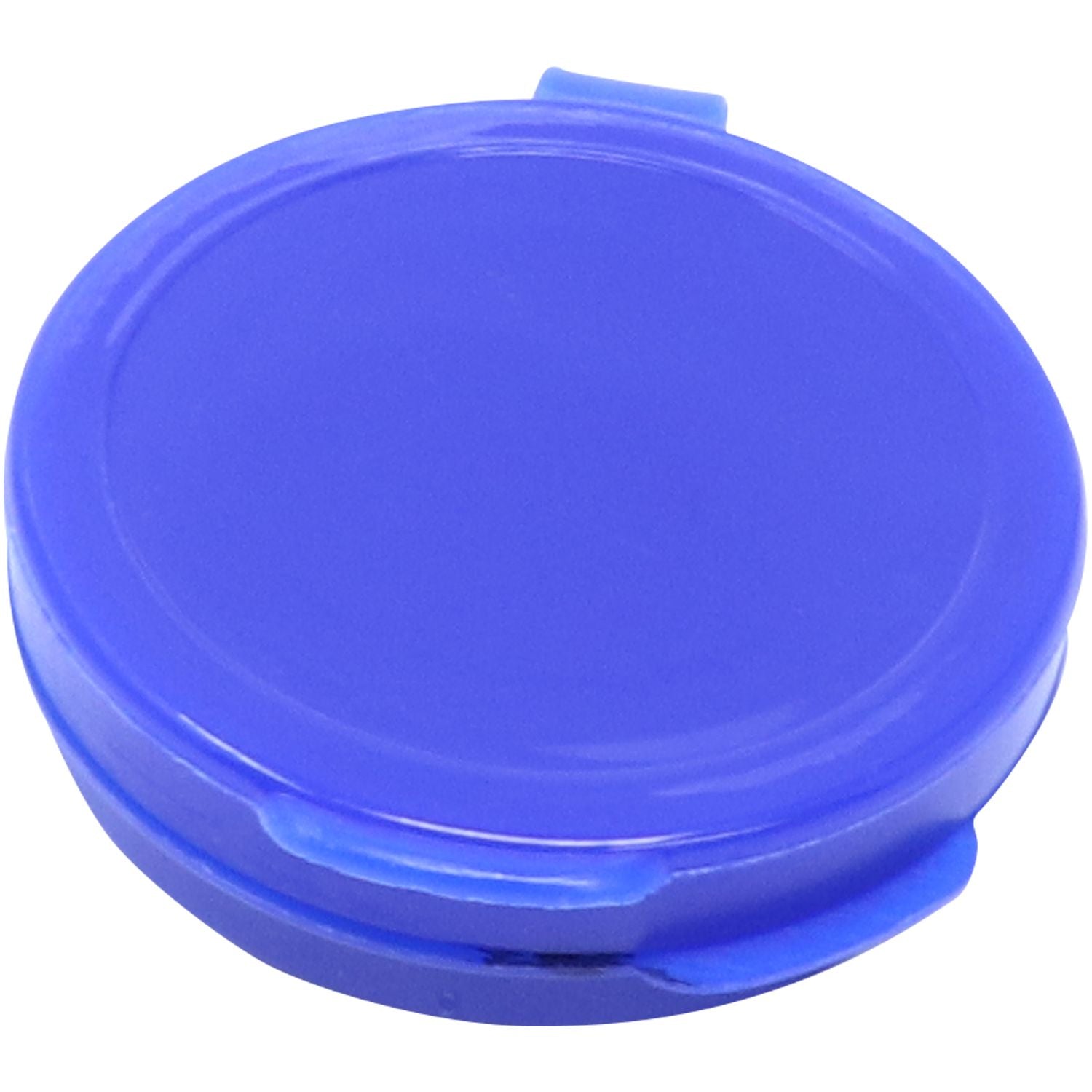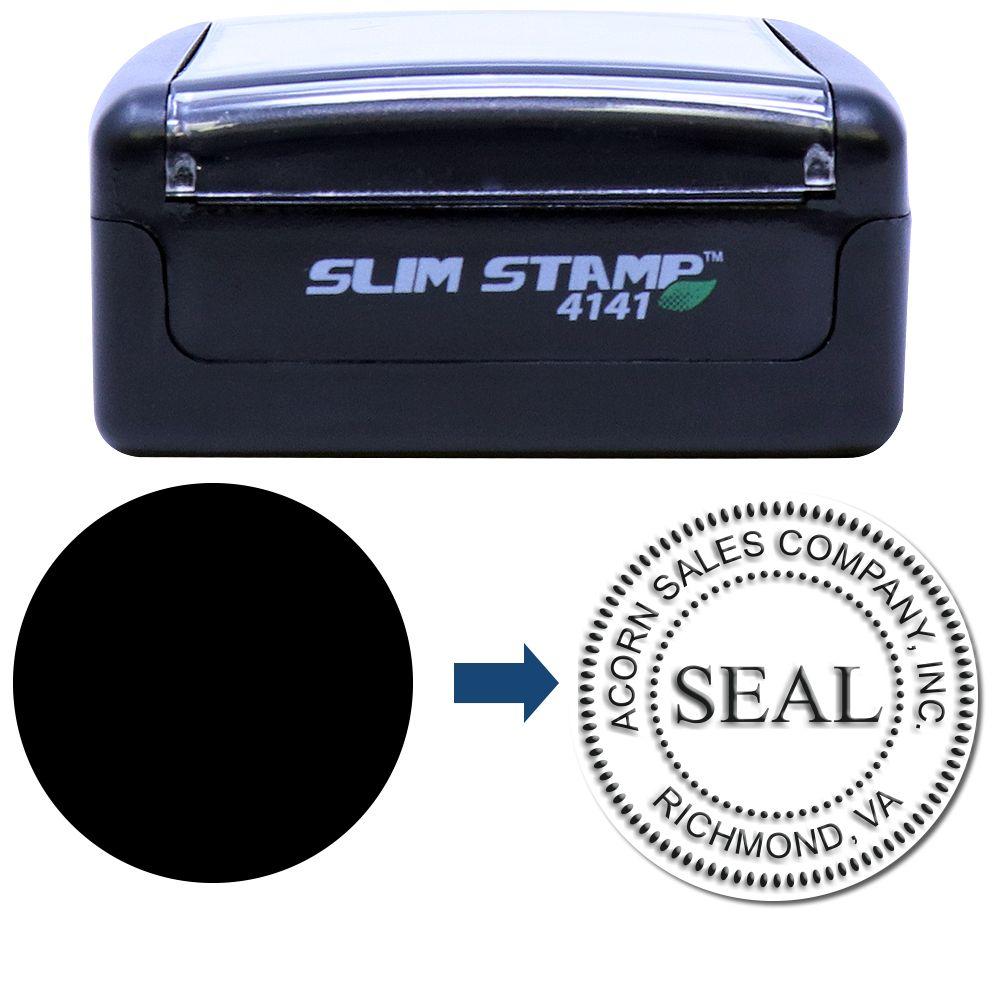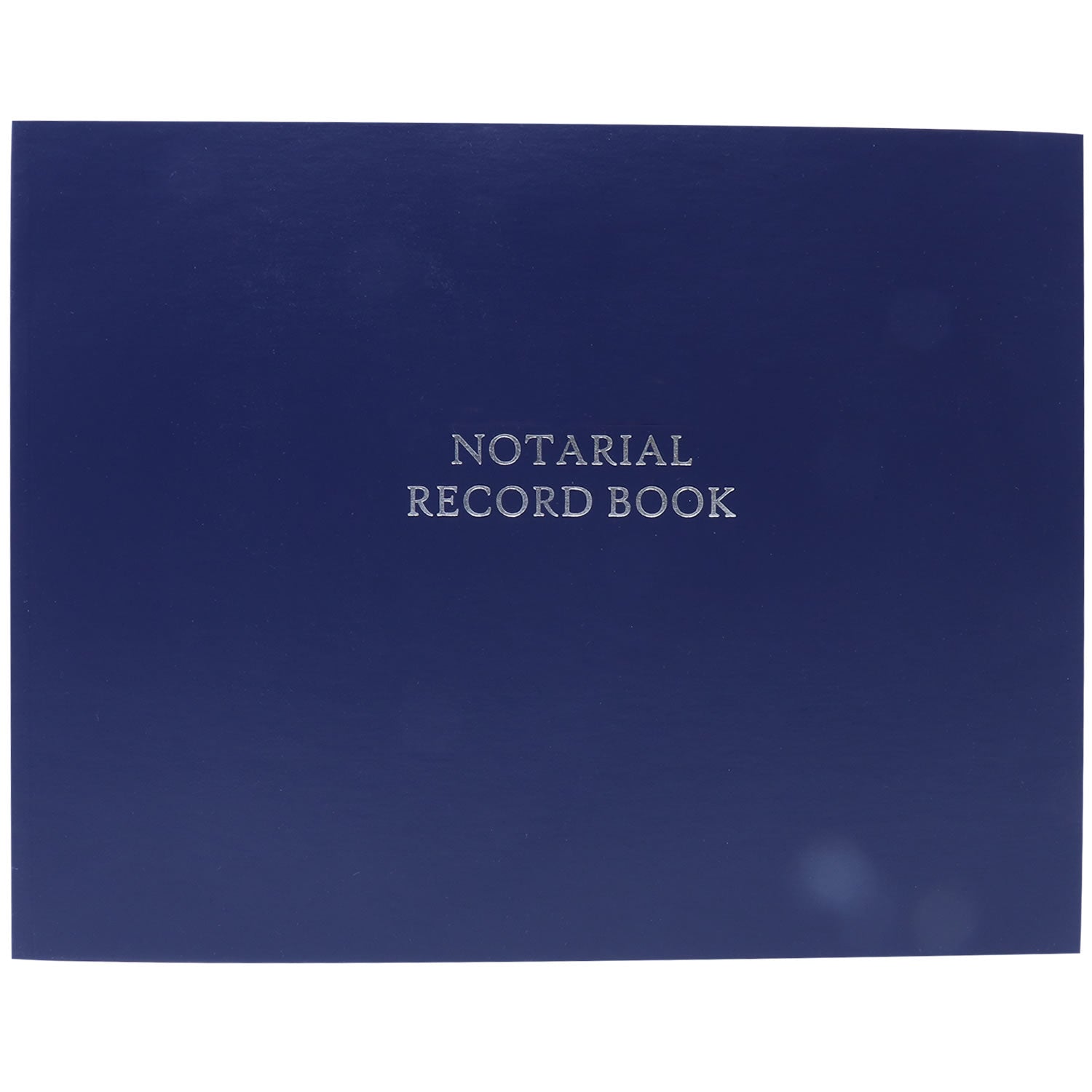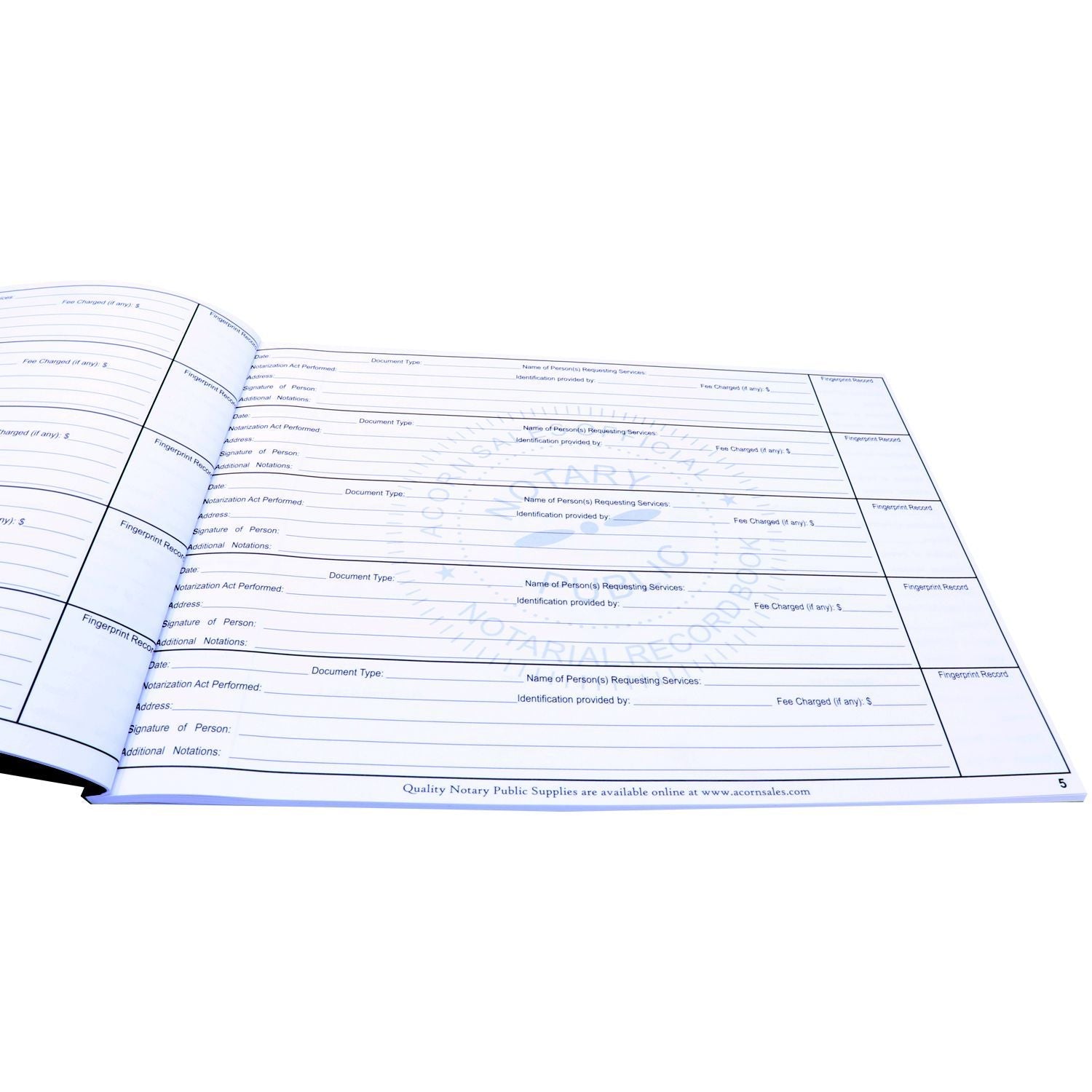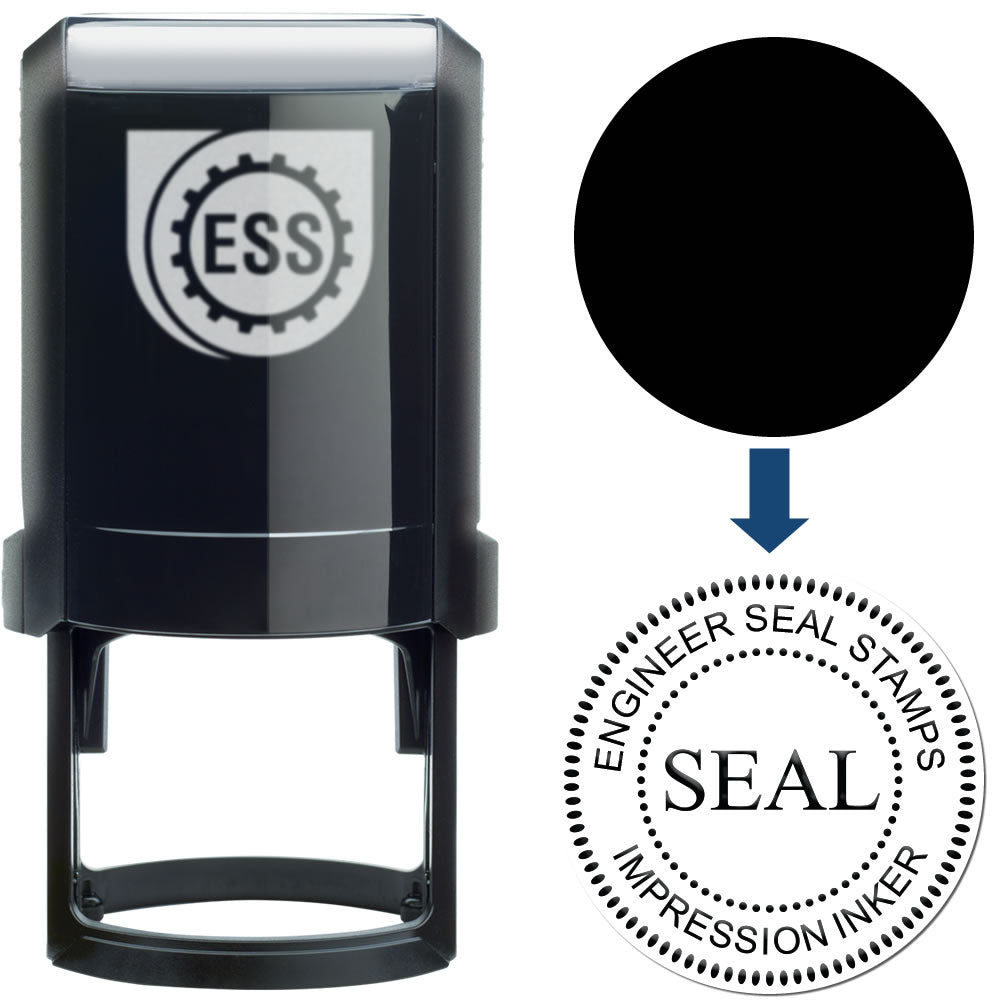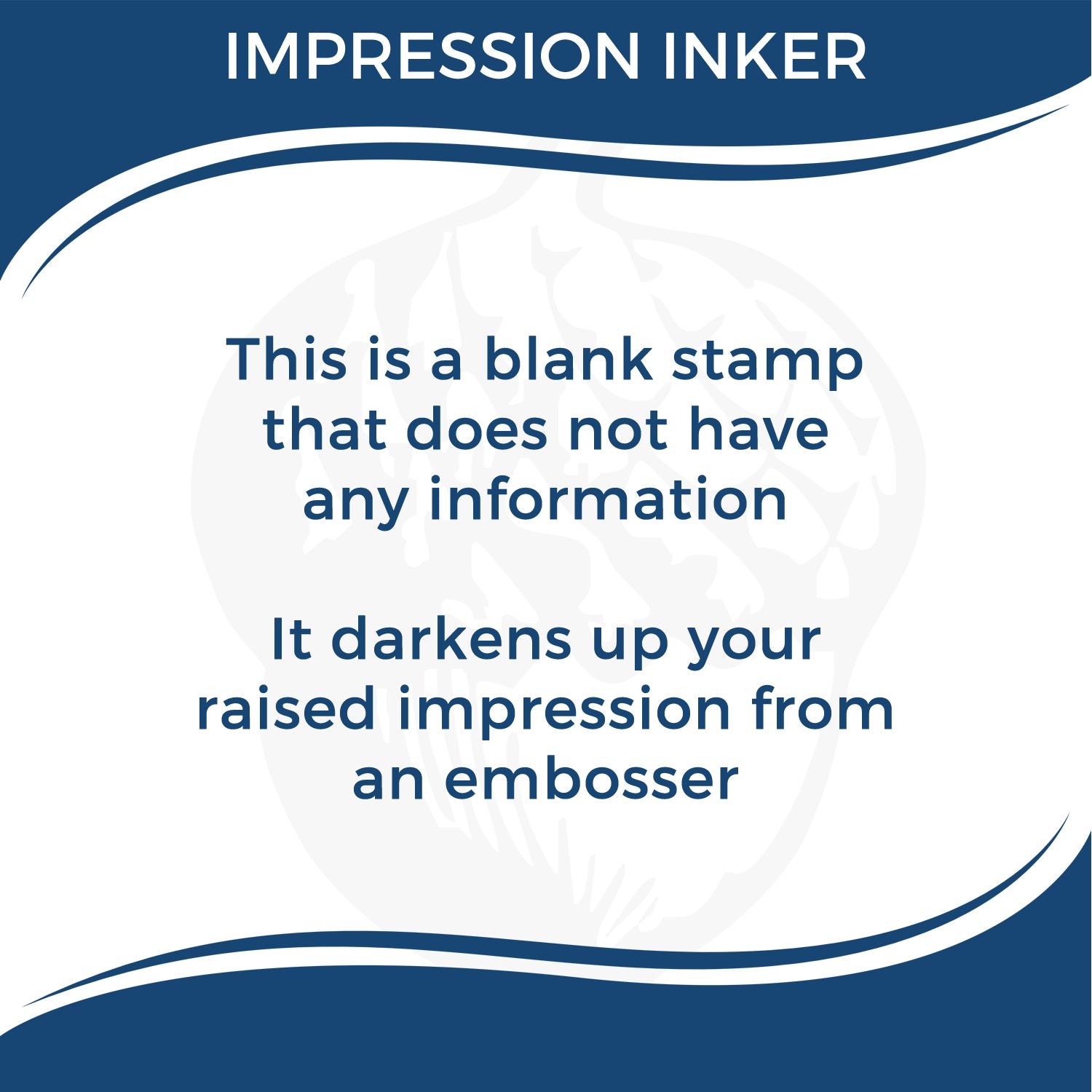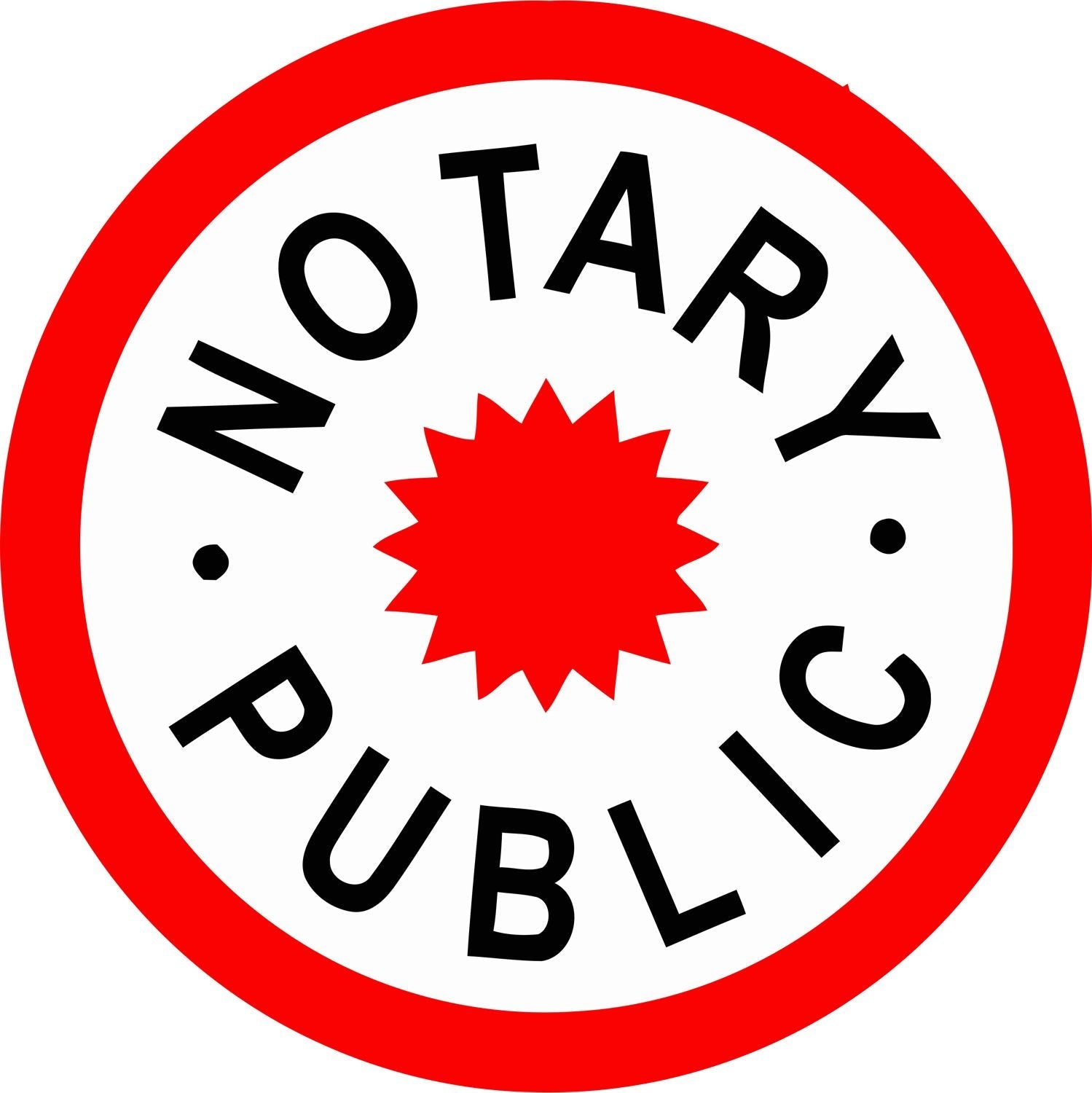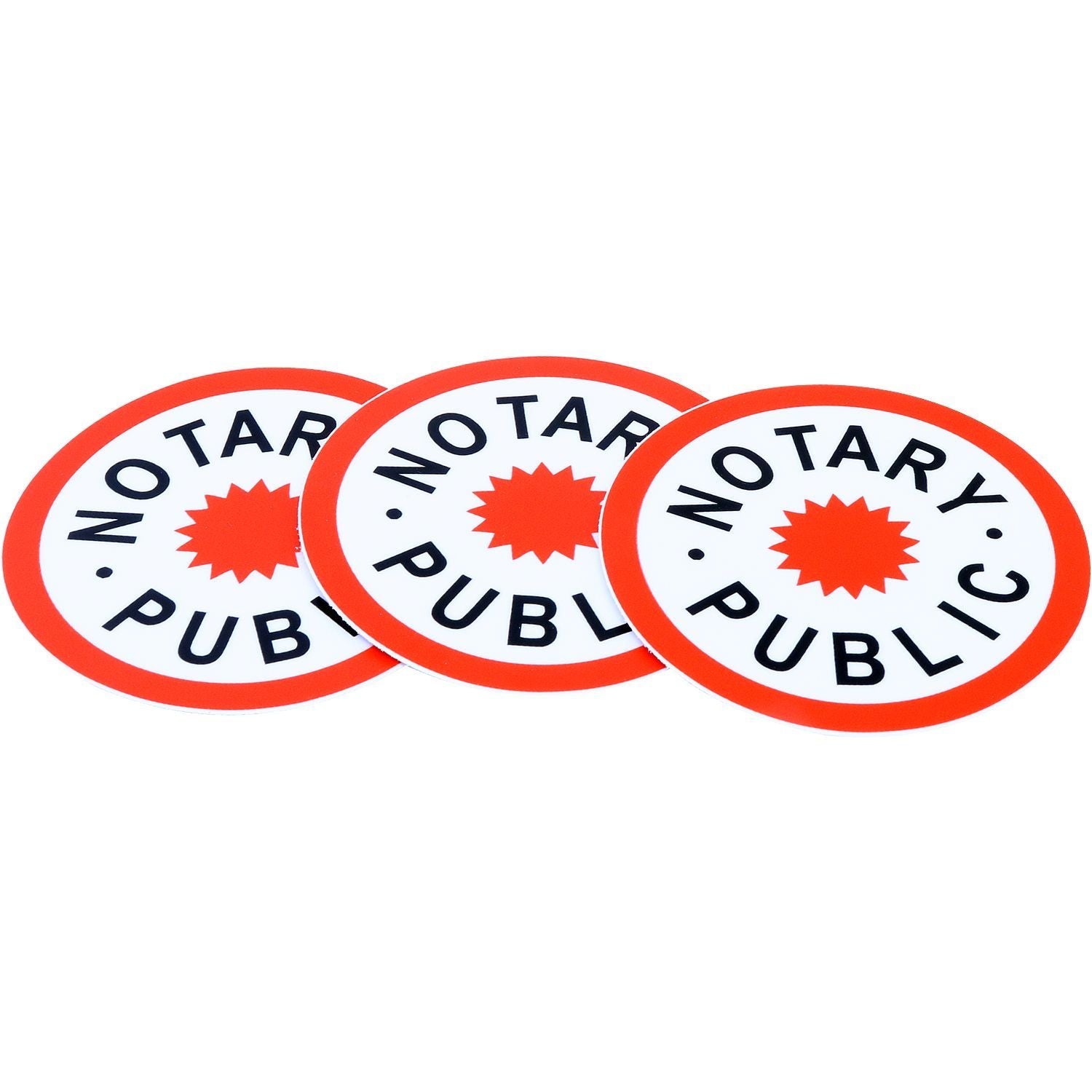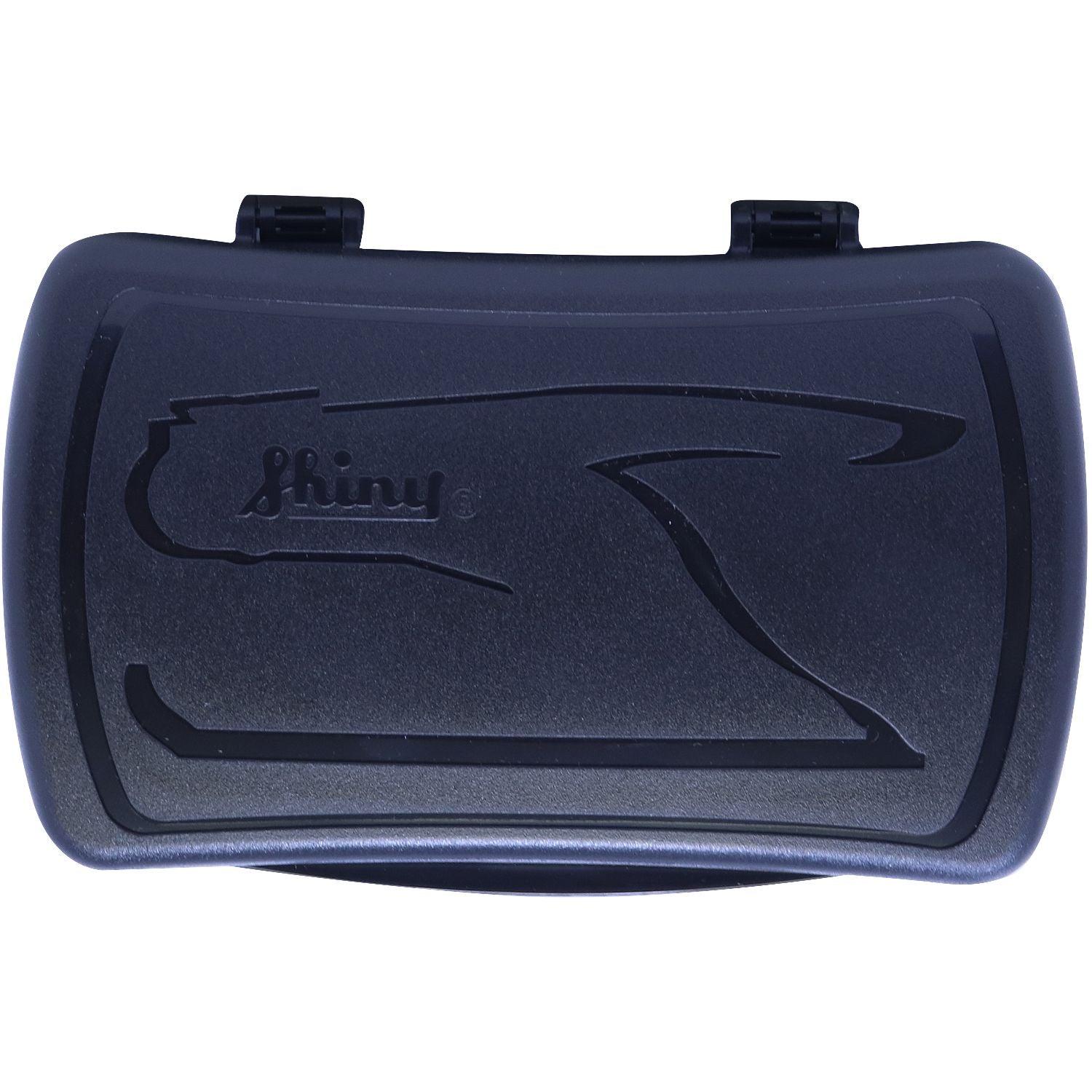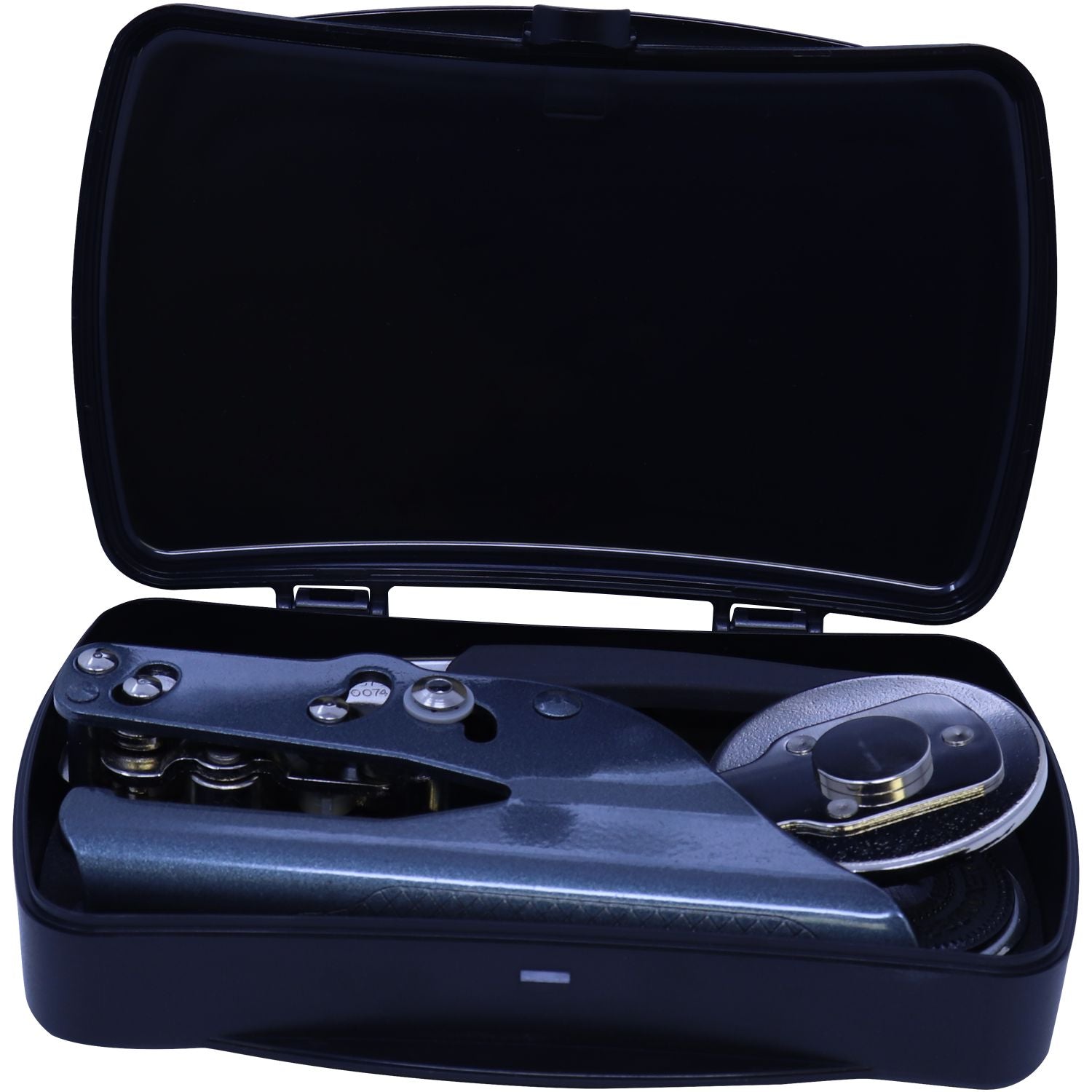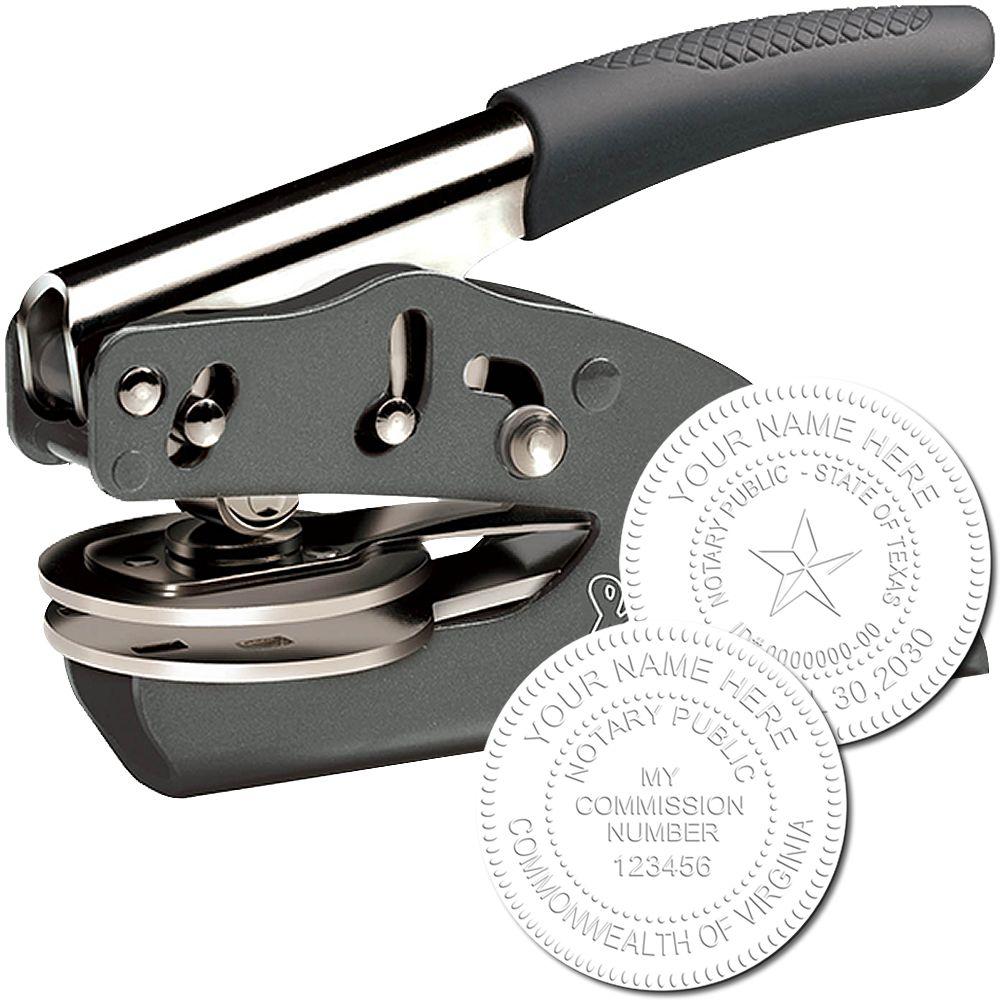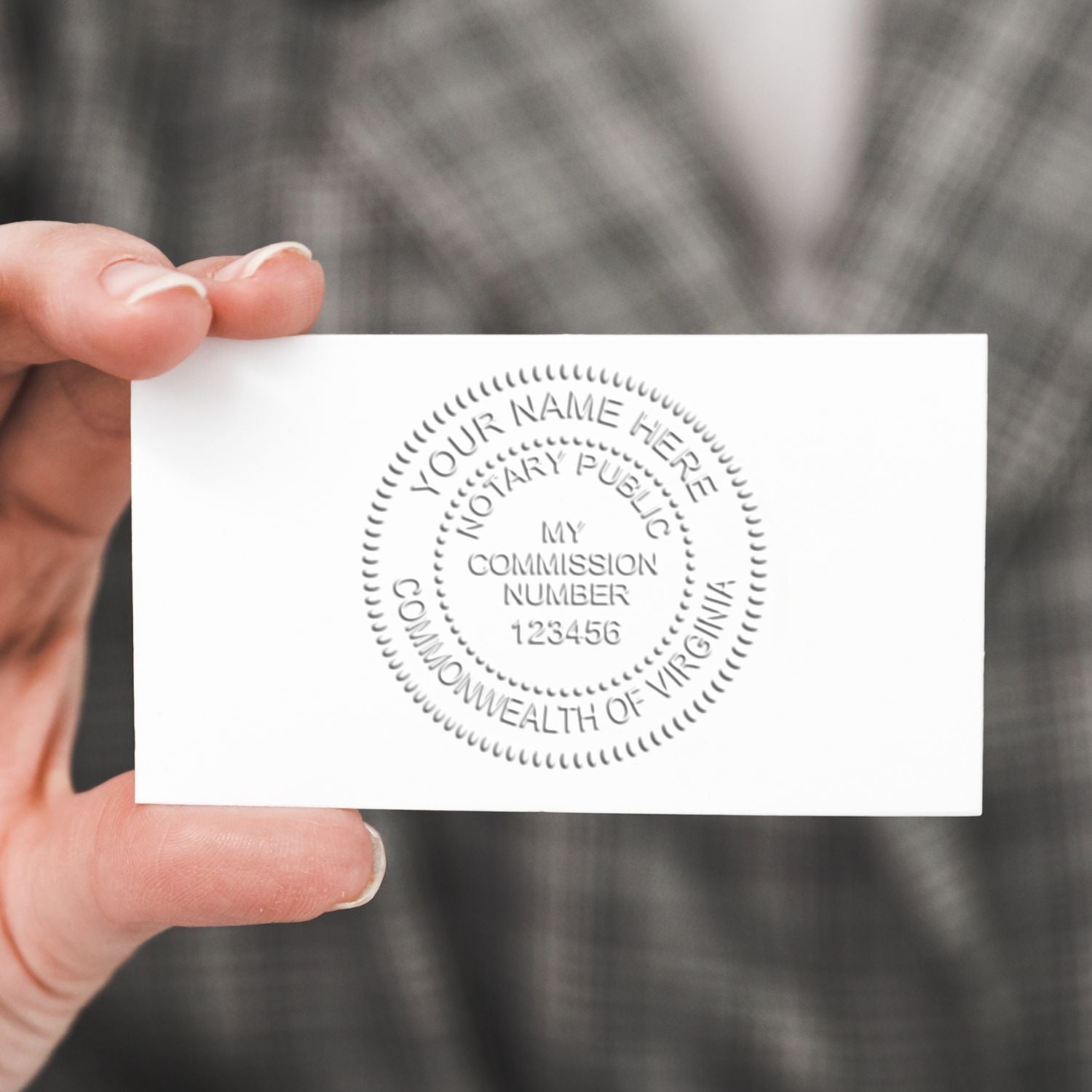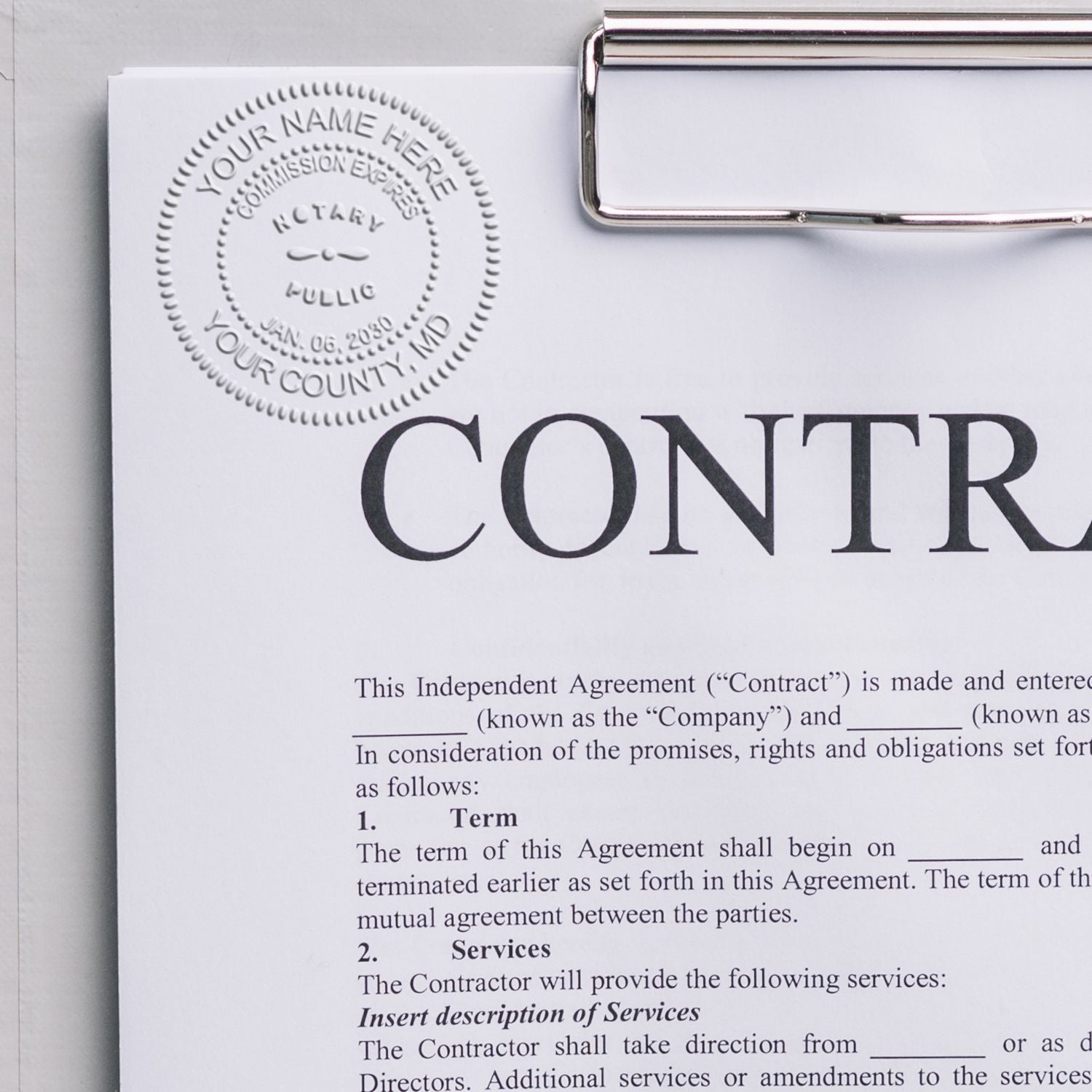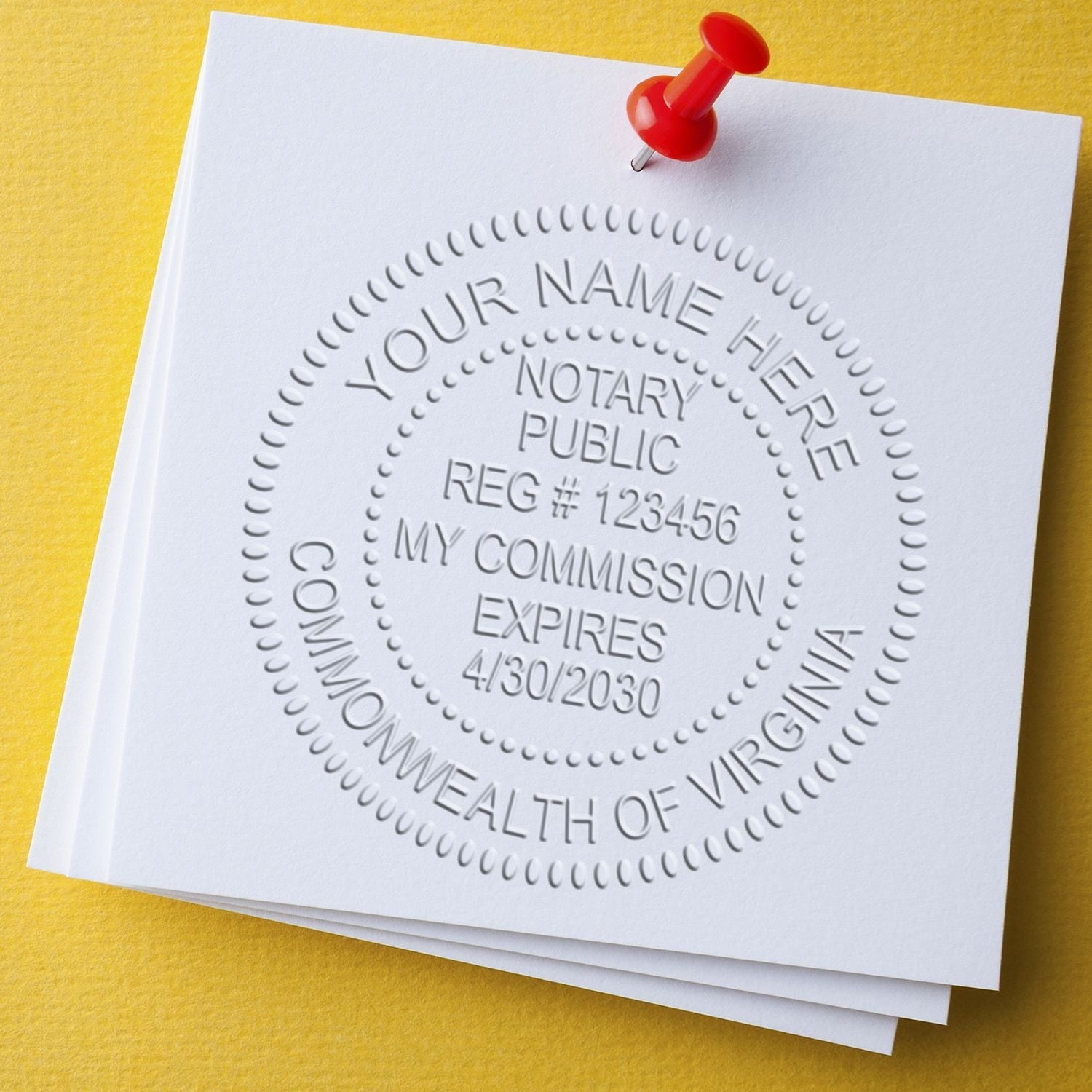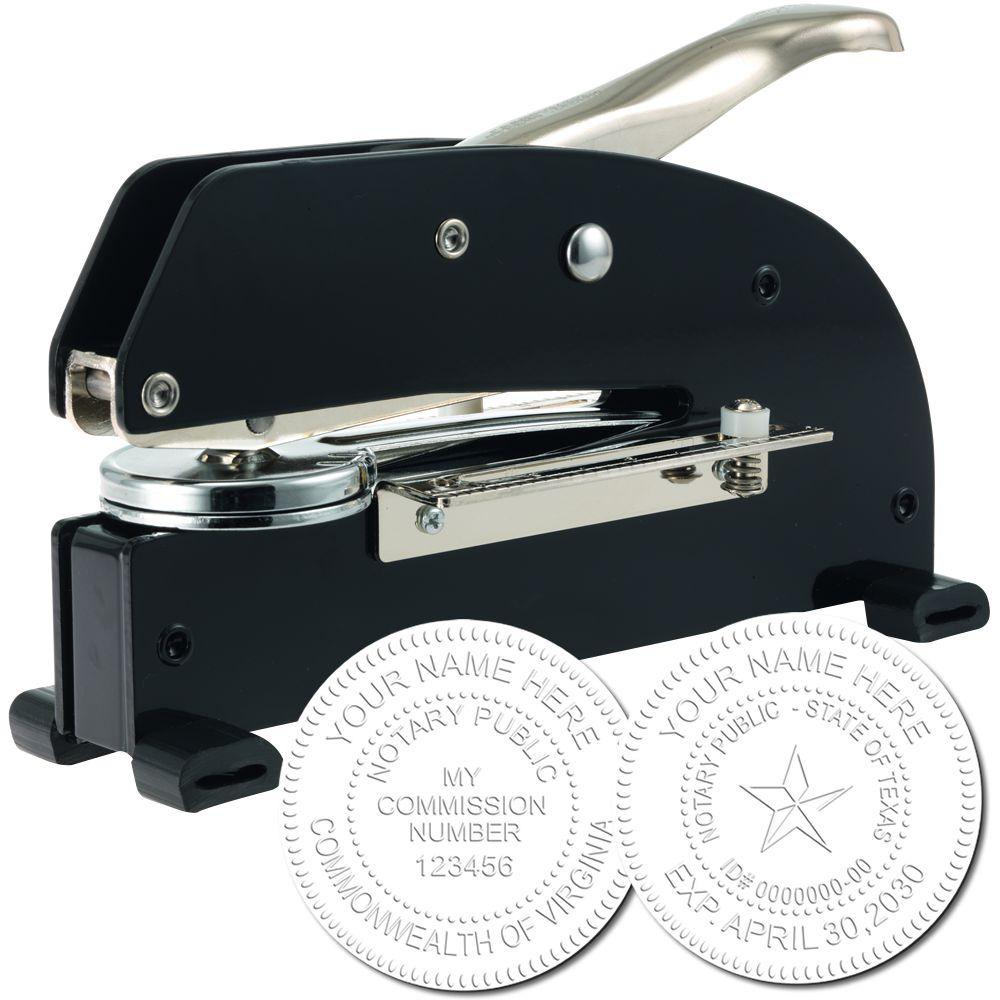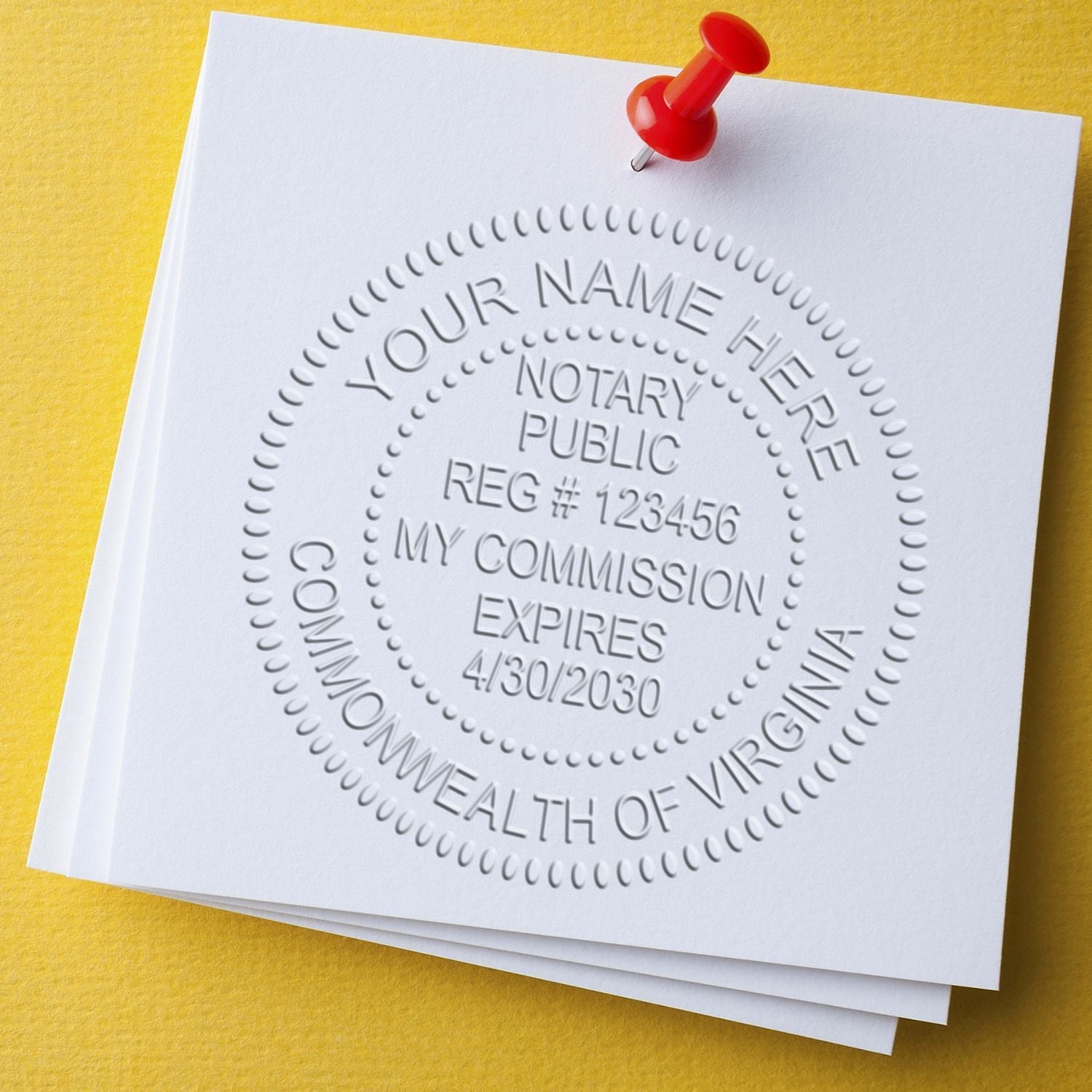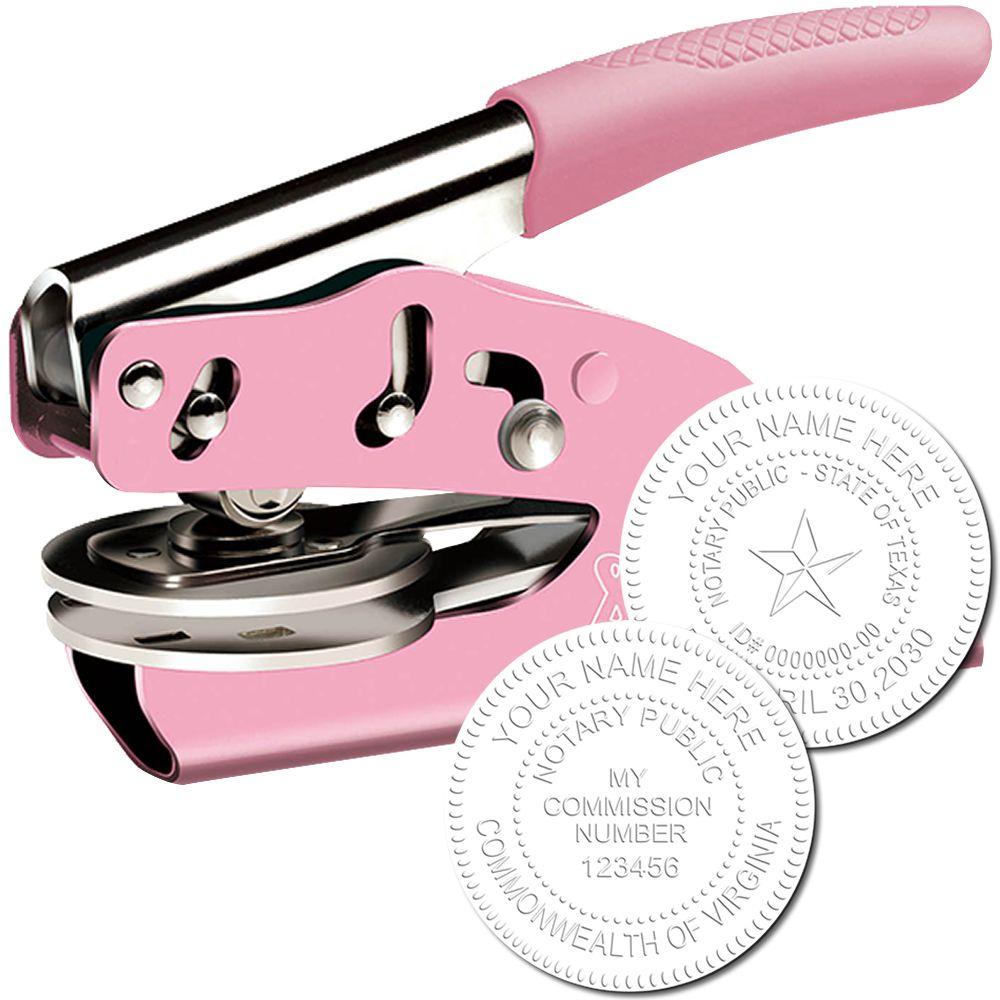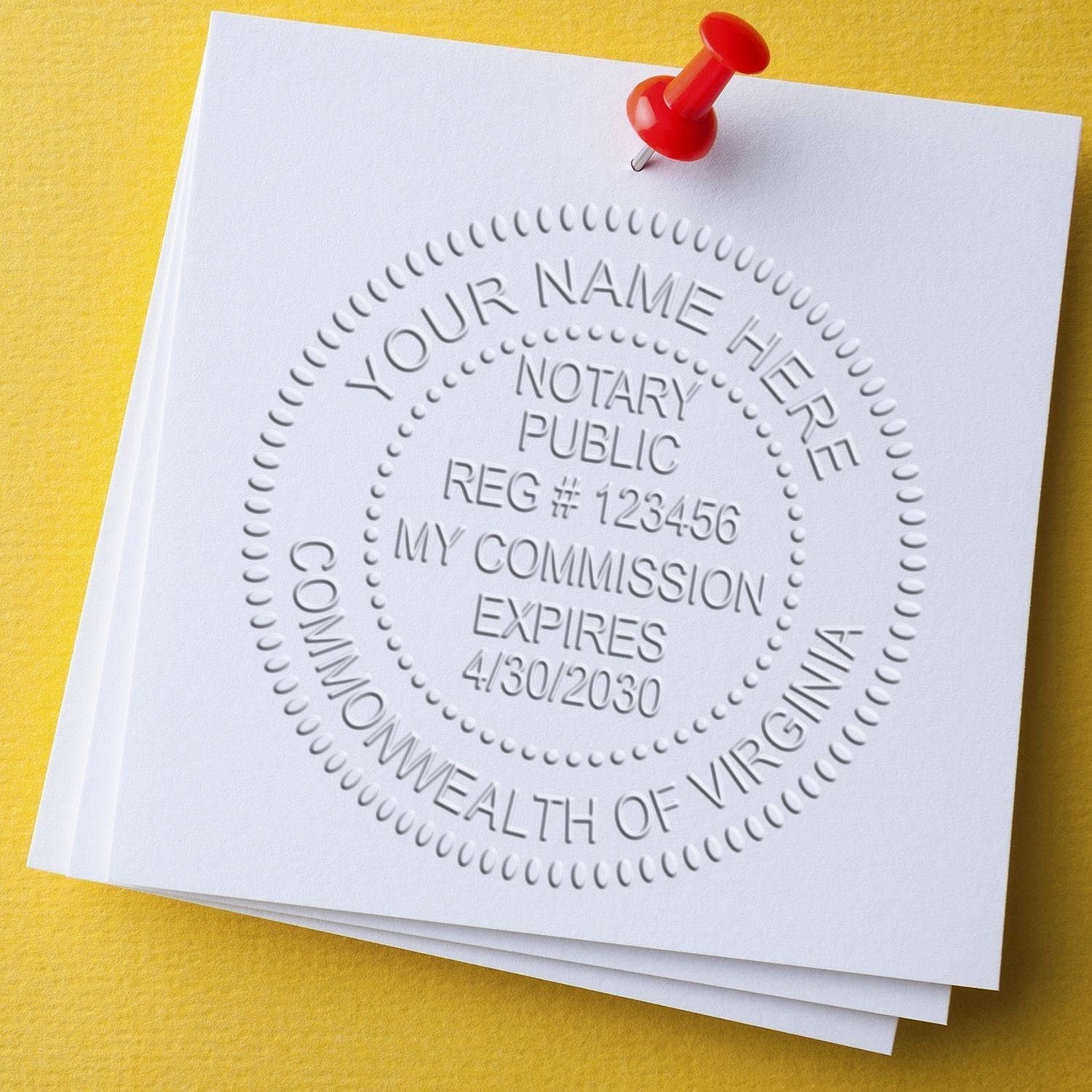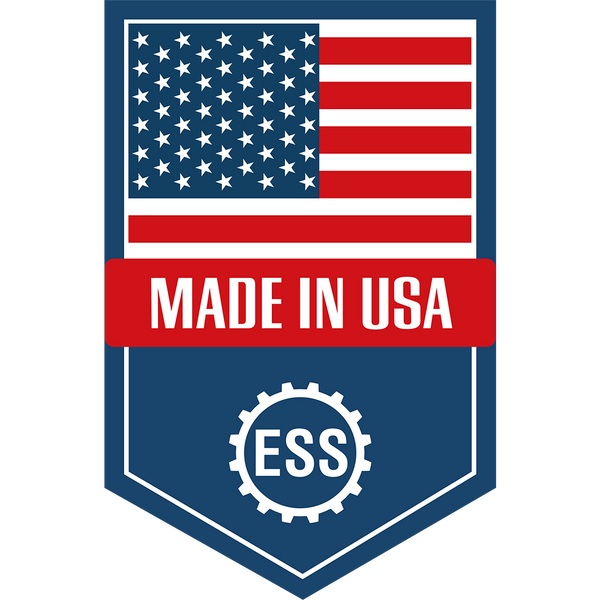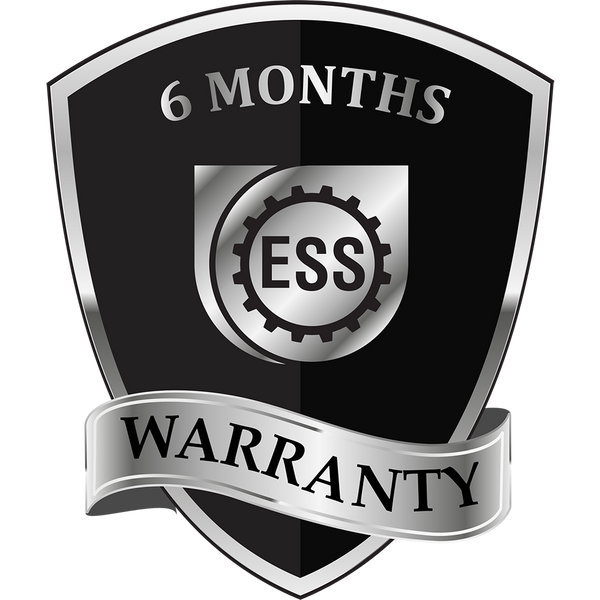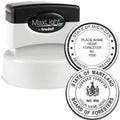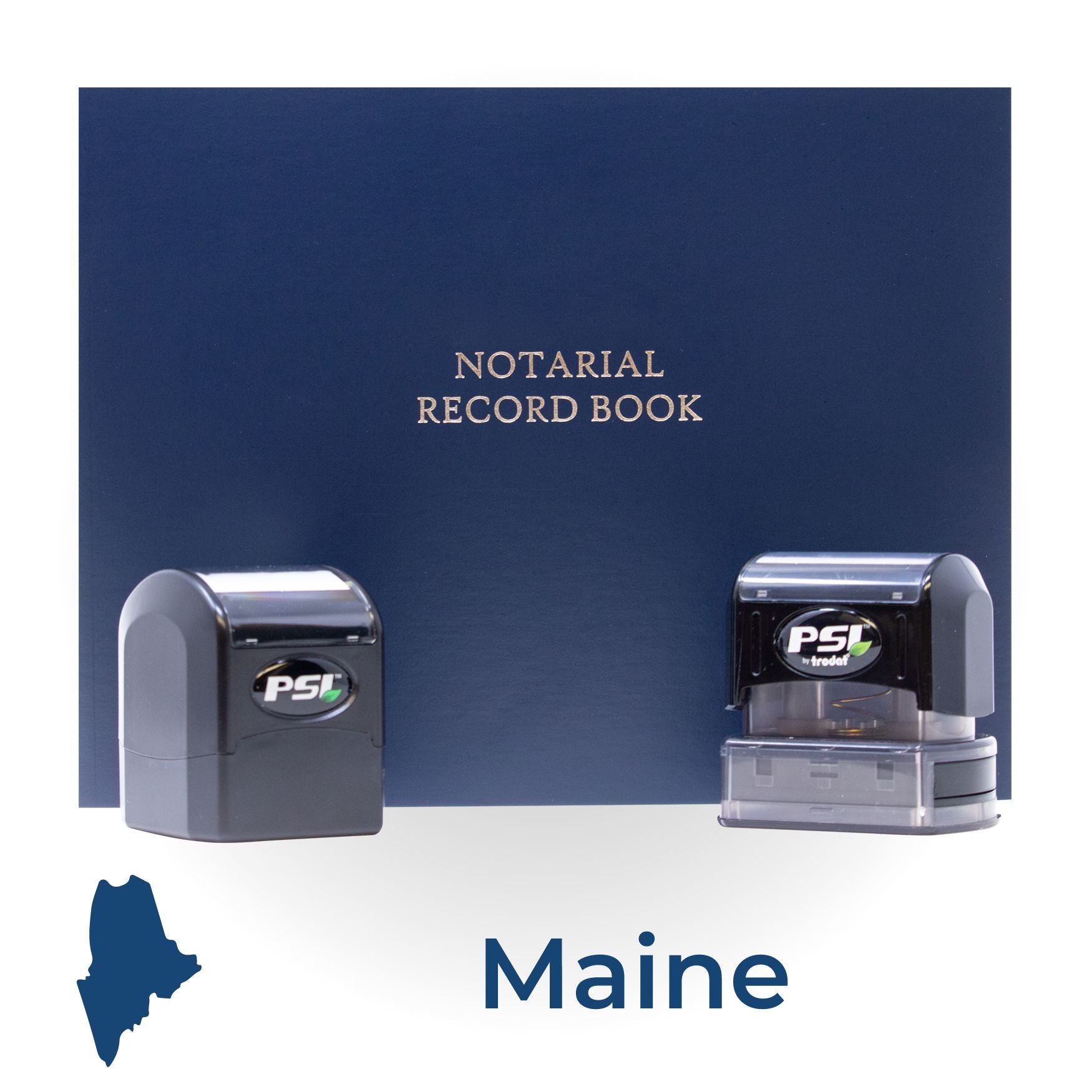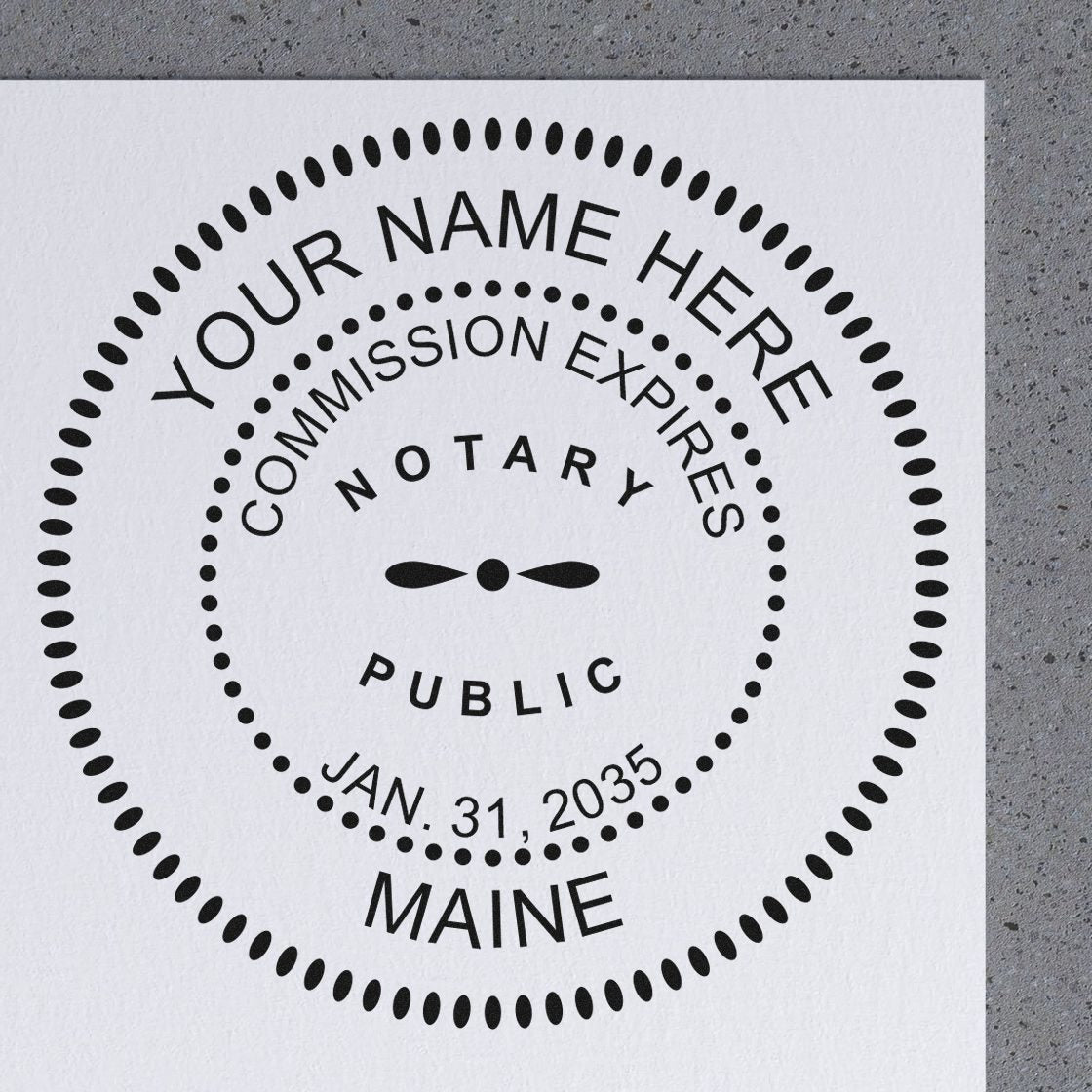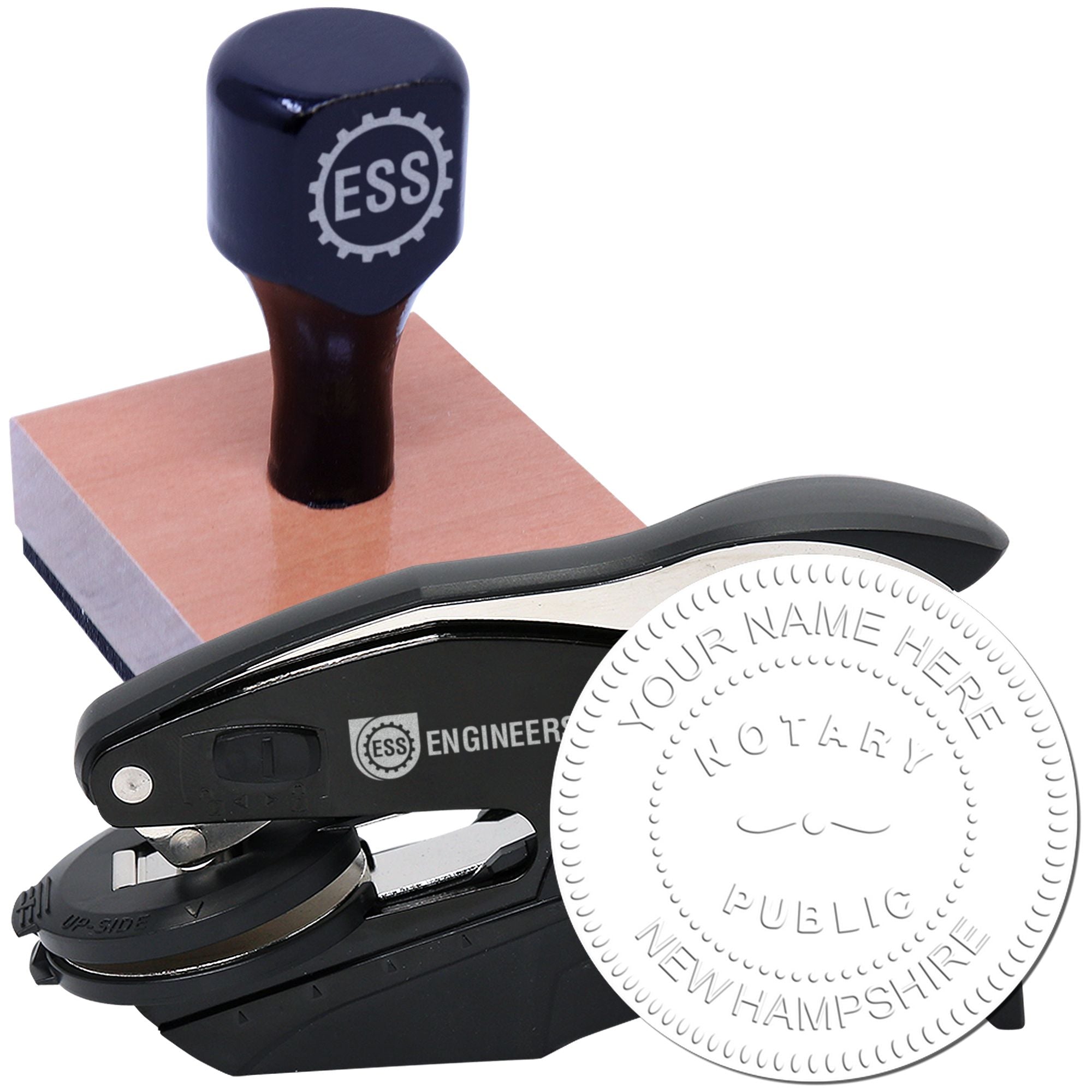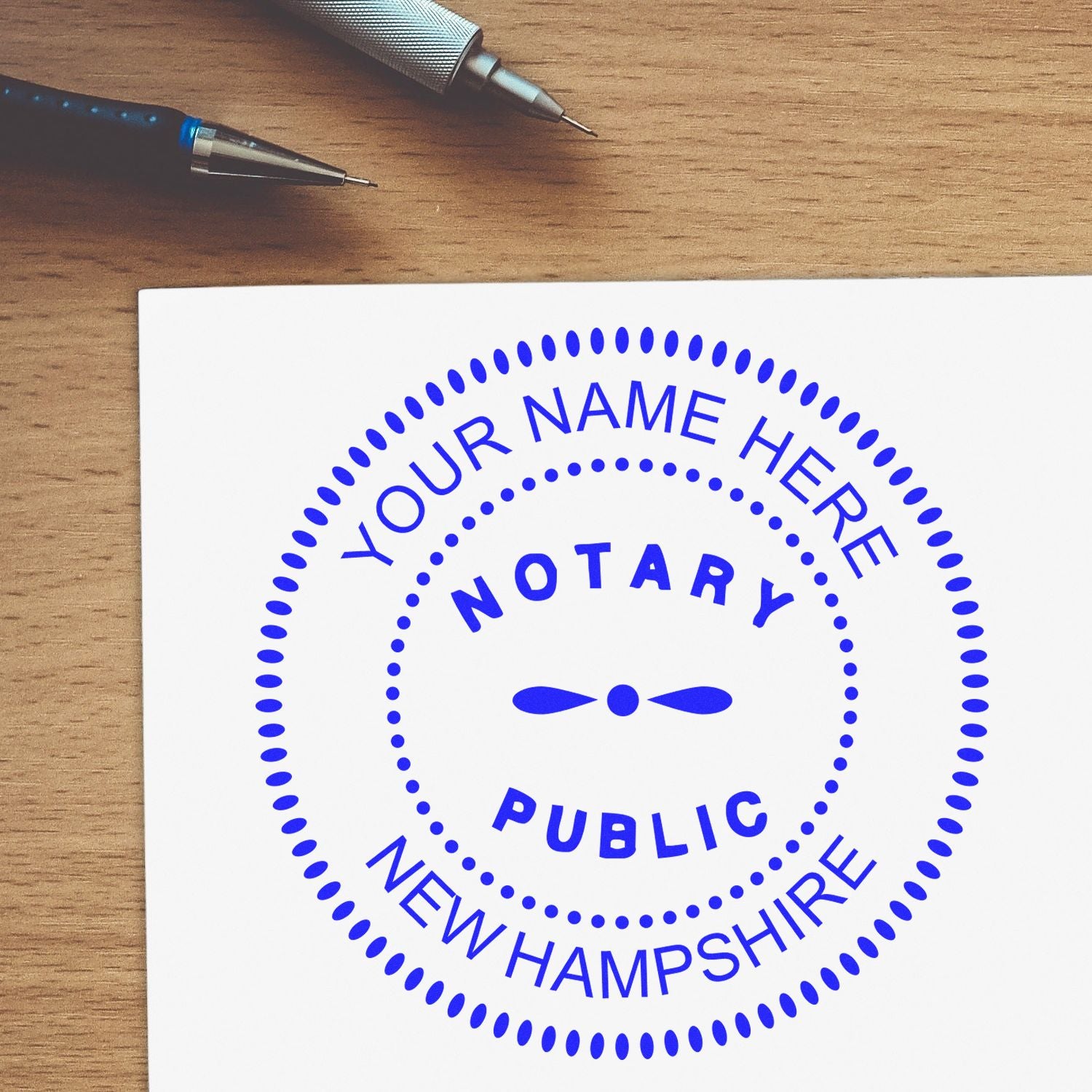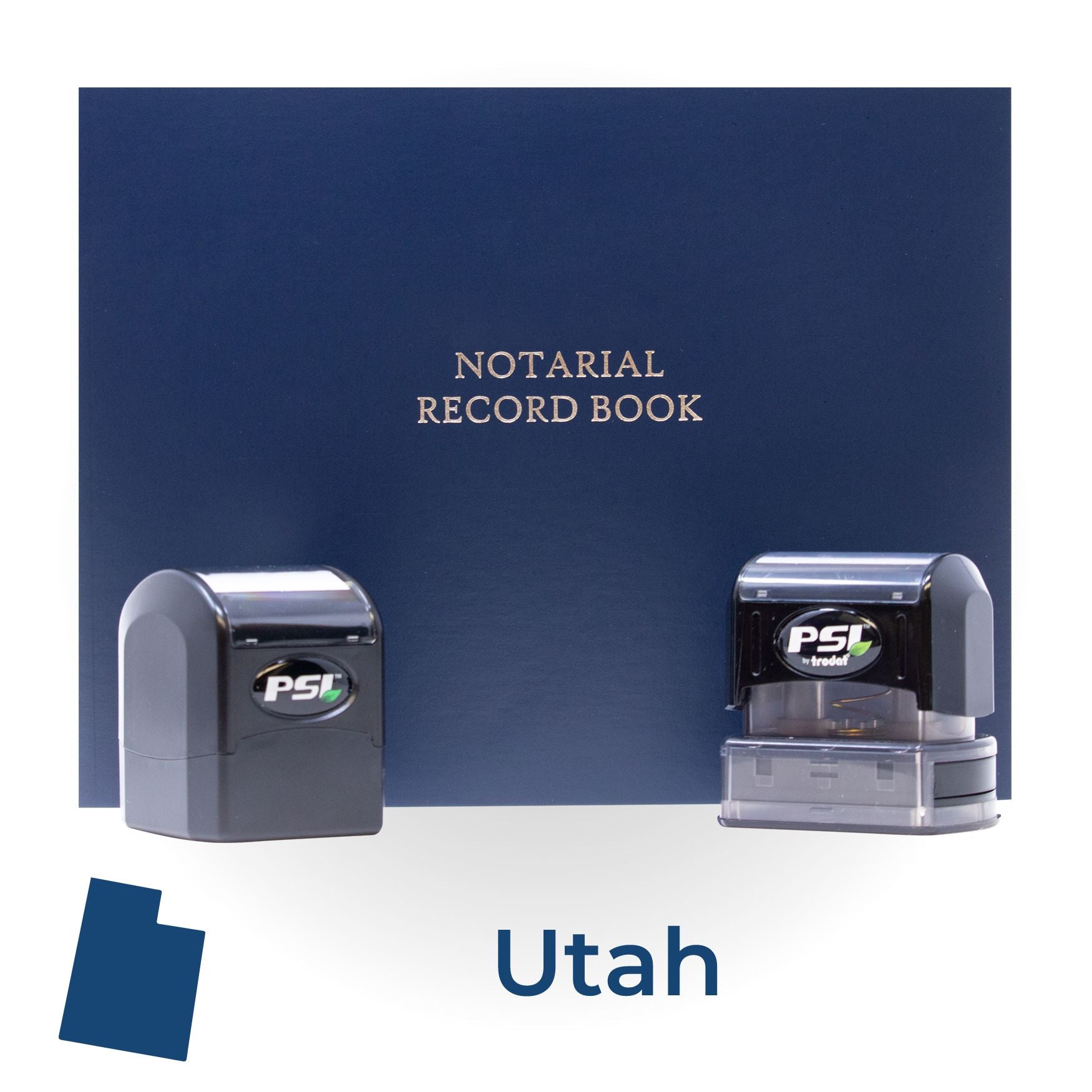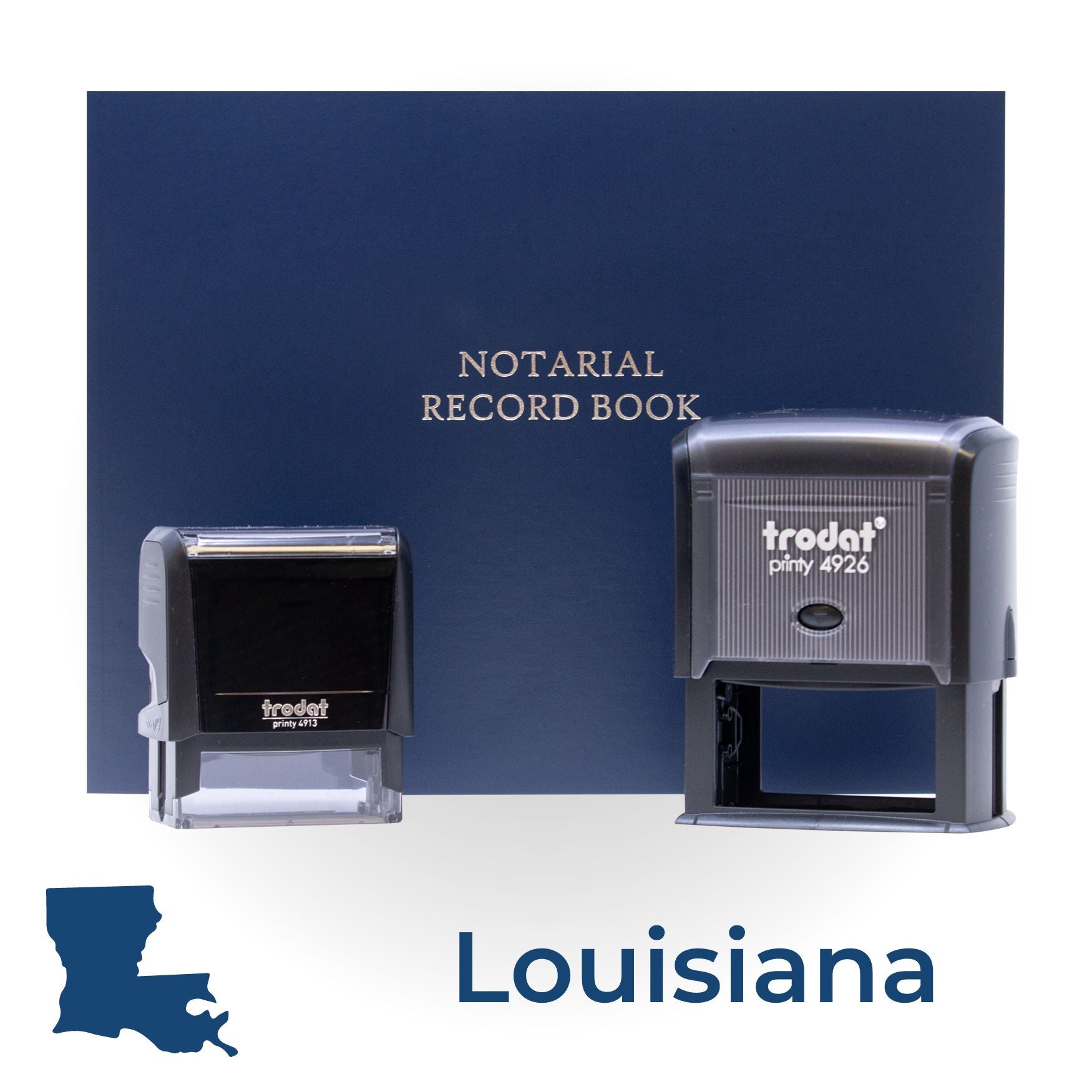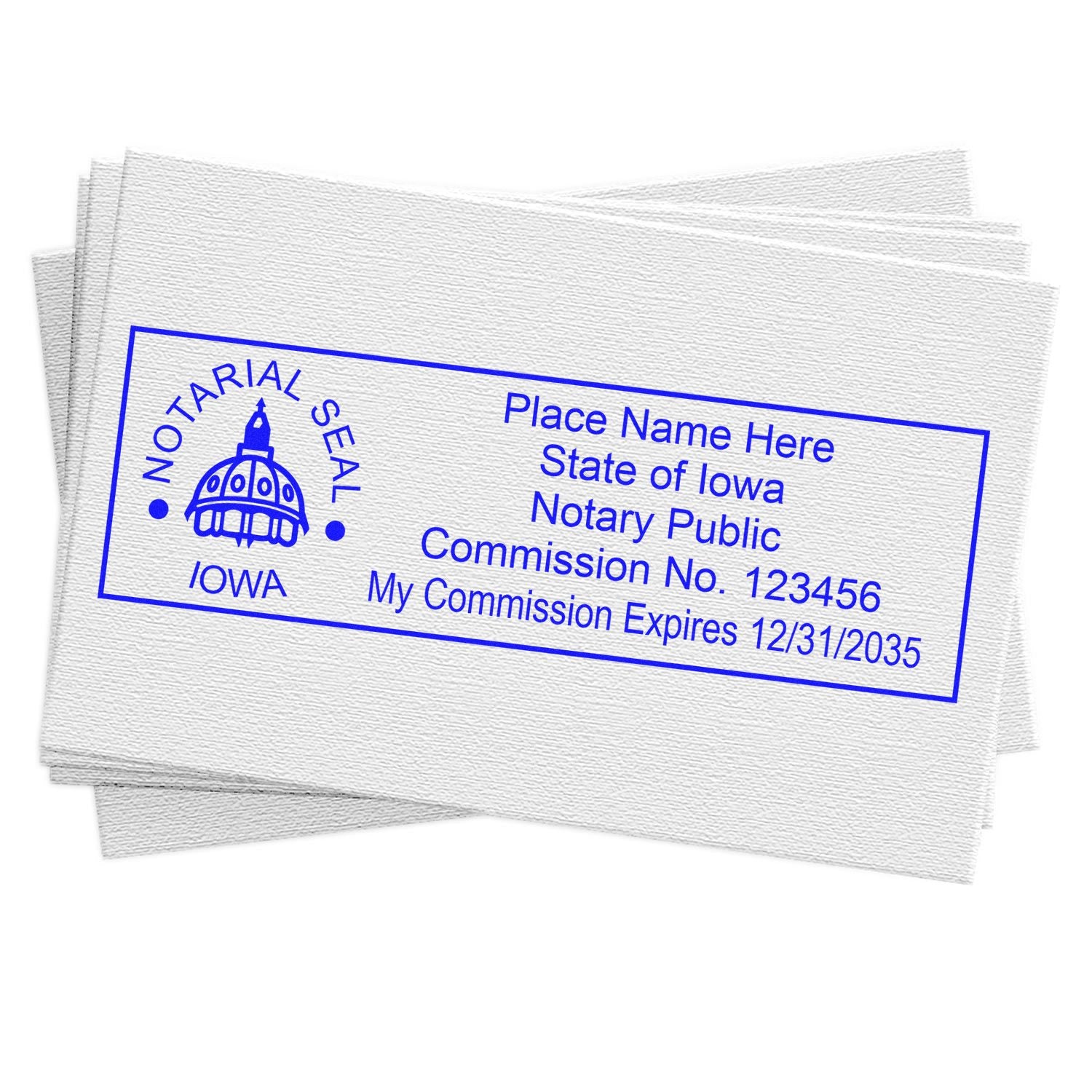If you’re juggling official documents every day, you know how crucial it is to have an embossing seal for notary tasks. That crisp, raised impression on your pages doesn’t just look professional, it also adds authenticity. Engineer Seal Stamps (ESS) specializes in creating these reliable embosser tools, and this guide will walk you through everything you need to boost your notary workflow. Ready to learn more?
Discover why embossing matters
The raised impression you create with a custom book embosser or notary seal isn’t just for show. That textured imprint communicates your legitimacy to clients, colleagues, and legal authorities. Think of it as a visual stamp of approval, directly on your paperwork.
But why does it matter so much? One reason is security. When documents are embossed, it’s tricky for anyone to duplicate or tamper with them. Another benefit is professionalism: an embossed seal stands out, giving your contracts and certifications a refined touch. When you’re serious about your notary work, every detail counts.
Select a suitable design
Choosing the look of your embosser can be surprisingly personal. After all, your seal will be front and center on your paperwork, so you want it to reflect your role accurately. Maybe you’re drawn to a classic round design that highlights your name and state. Or perhaps you prefer a rectangular shape that fits neatly into tight margins.
Wondering how to make your seal uniquely yours? You can add custom text or even a simple logo if your jurisdiction allows it. At ESS, our team can help you confirm which artwork will maintain a crisp impression without compromising clarity. You can also browse our custom embossing stamps for more inspiration, especially if you want a personal embosser that goes beyond standard notary usage.
Master proper usage steps
When it comes to actually embossing documents, a little technique goes a long way. Here’s a quick run-through to keep your impressions neat and consistent:
- Align the seal: Position the paper so the text or design you want to emboss is centered within the embosser opening.
- Squeeze firmly: Install your document, then press down with even pressure to get a clean impression.
- Check for clarity: If the raised area appears faint or incomplete, try applying slightly more force. Too much pressure, though, can tear thinner paper.
If you handle different paper stocks, note that heavier sheets often emboss better than lightweight paper. To help compare at a glance, here’s a quick guide:
| Paper Weight (lb) | Best Embossing Result | Notes |
|---|---|---|
| 20-24 (standard) | Good | Apply even pressure |
| 28-32 (mid-range) | Excellent | Ideal balance of thickness and density |
| 65+ (card stock) | Great but needs force | Press firmly and check for completion |
Maintain your embosser over time
Like any piece of notary equipment, your embosser needs a little care. Keep the metal parts dry so they stay rust-free, and store the device in a protective case if possible. A small amount of machine oil on the hinge every few months can help the mechanism stay smooth.
Ever noticed a slight change in your embossing depth? That’s your cue to inspect the die plates for signs of wear. If they look worn or uneven, it might be time to consider a new set from Engineer Seal Stamps. A fresh plate ensures your impressions stay crisp, which is especially important for legal documents.
Get the best support
If you’re ready to upgrade your stamping hardware or personalize a unique seal, ESS can walk you through the entire process. We understand notaries need reliable impressions day after day, so you can trust our team for advice on size, shape, and even best paper practices. After all, your reputation depends on quality results.
On top of that, you can always reach out if you have questions or need a repair. Not sure which design meets your state’s legal guidelines? We’ll confirm the requirements so you can feel confident that every embossed mark is compliant.
Frequently asked questions
How do I know if my state requires a specific design for my notary seal?
Check your state’s official guidelines or consult your local notary association. You can also contact Engineer Seal Stamps for help reviewing requirements.What is the difference between an embosser and a stamp?
An embosser creates a raised impression in the paper, while a stamp typically applies ink on the surface. Many notaries carry both to cover multiple documentation needs.Can I use my embosser for branding my books or stationery?
Absolutely. You can create a custom book embosser with your name or logo, just ensure it’s distinct from your official notary seal to avoid confusion.-
How often should I replace the die plates?
It depends on usage. If your impressions start looking faint or uneven, it’s probably time for a replacement. Regular maintenance will extend their life. Do I need special paper to get a clear impression?
Standard printer paper works fine, but you’ll notice a sharper result with mid-weight or heavier paper. It’s mostly preference, so test a few types to see what you like best.
Whether you’re finalizing legal documents or imprinting your own creative mark, a reliable embossing seal for notary tasks can make all the difference. Engineer Seal Stamps is here to give you the polished edge you need. If you haven’t tried creating a personalized design yet, explore your options and elevate your notary game today.

